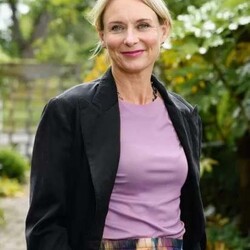Commentary
B.
Bulletin
New Zealand's leading
gallery magazine
Latest Issue
B.21701 Sep 2024
Contributors

Commentary

Touching Sight
Working in photography, textiles and painting, Conor Clarke (Ngāi Tahu), Emma Fitts and Oliver Perkins explore ideas of perception, both how we gain awareness through our senses, and the way in which something is interpreted or understood. Bulletin invited three writers to respond to the work in progress, to consider the materials and ways of making that each artist utilises. The resulting texts from Abby Cunnane, Fayen d’Evie and Chloe Lane are exploratory themselves, and offer us new ways of thinking about the works they relate to – as sensory items, as skins, as lichen.
Commentary

Painted Disciple
Curator Ken Hall takes time to closely investigate an intriguing recent acquisition.
Commentary

Temples for Curious Minds
I want to tell you a story. A ‘curiodyssey’ (which by the way, I thought I’d made up but is the name of an actual museum in California). So, a curiodyssey of happy places, told through the science of wellbeing.
Commentary
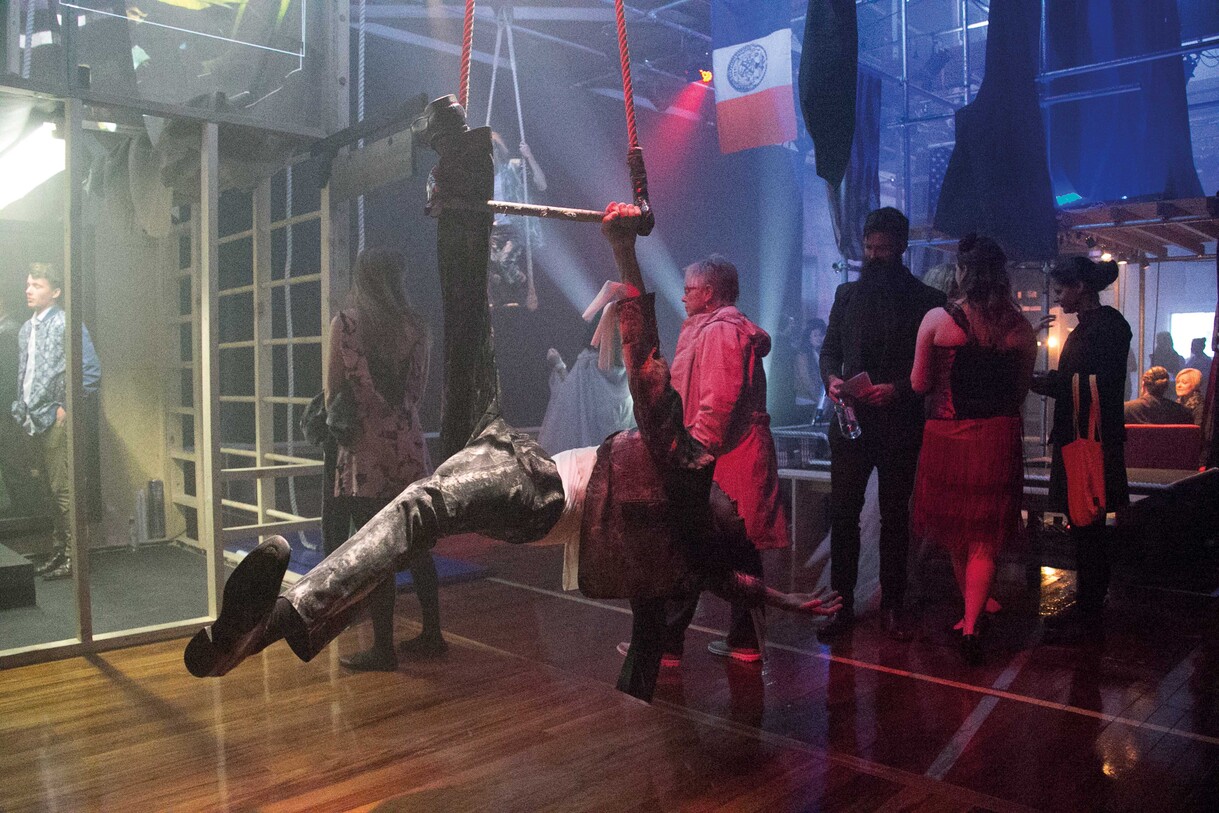
Artists Should Be Giving Business Advice
There has been a healthy debate going in relation to Germany’s Covid-19 emergency fund, which allocated the equivalent of NZ$900 million to artists and freelancers, with extra support from the Berlin municipality, leading some to call it an ‘arts-led’ (as opposed to ‘business-led’) approach to recovery. Some in Germany are claiming this will have better long-term economic outcomes, whilst addressing social and wellbeing recoveries at the same time. Others – without necessarily denying the first claim – fear gentrification and the instrumentalisation of arts, when it’s overtly being used as a tool for the economy.
Commentary
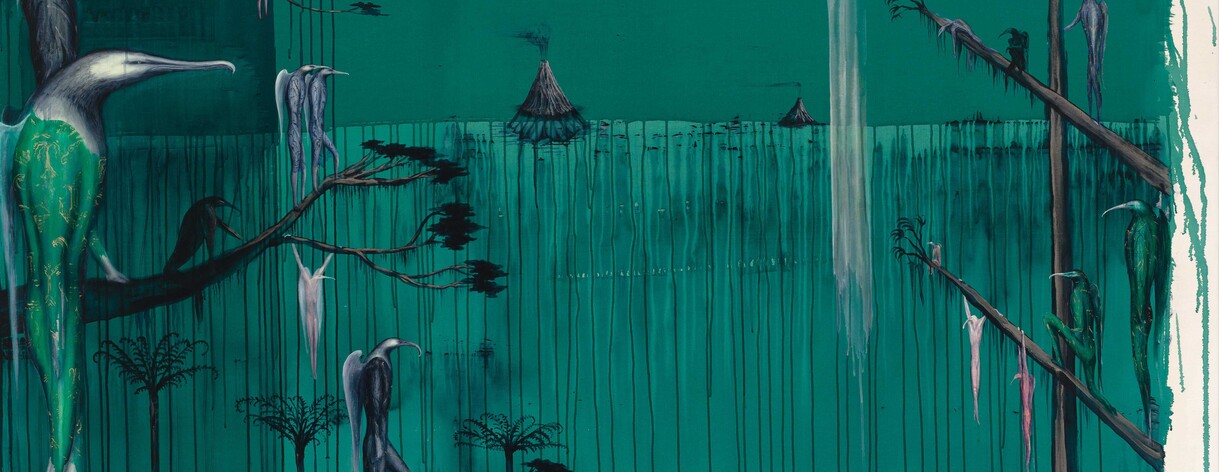
The Edge of the Sea
A vision of New Zealand’s past from 1995:
Europeans first imagined New Zealand as “a garden and a pasture in which the best elements of British society might grow into an ideal nation”... When the smoke of the colonists’ fires cleared at the end of the 19th century, New Zealand had become a different country. Māori had lost their most precious life-support system. Only in the hilliest places did the forest still come down to the sea. Huge slices of the ancient ecosystem were missing, evicted and extinguished. Our histories, however, have had neither the sense of place nor ecological consciousness to explain what has happened.
Commentary
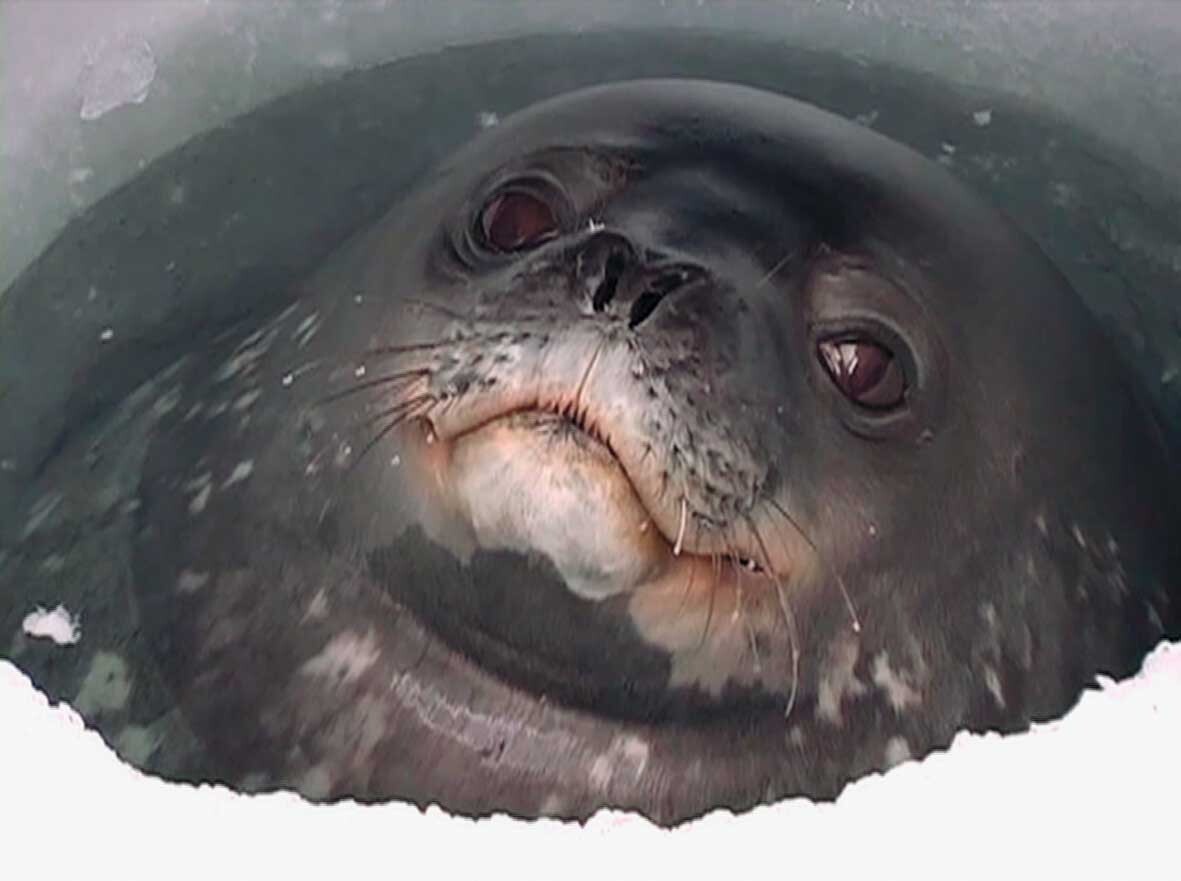
The Seas are Rising: So Are We
In Te Ao Māori the whakataukī “He toka tū moana” pays homage to the rock that withstands the sea as a metaphor for human strength in our cultural or political beliefs, whatever may come. But while the rock is steadfast, the octopus Te Wheke is a shape-shifter, canny and malleable.
Commentary
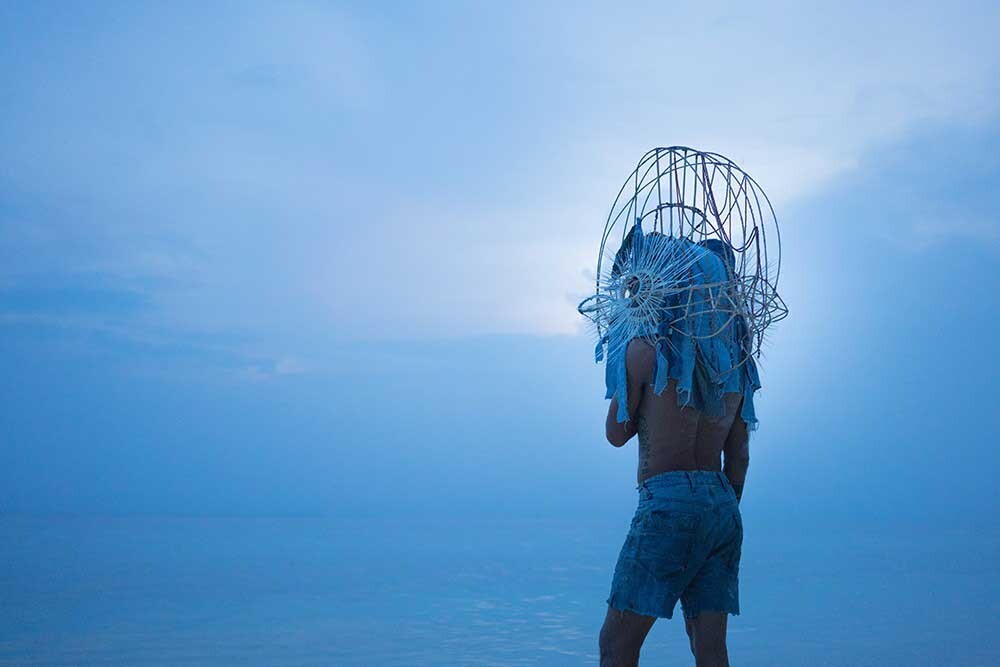
Where in the World? Placing New Zealand in the Pacific
“It is a strange fact that New Zealand can be literally all at sea in the Pacific Ocean, and yet pay that ocean, and neighbours and relations within it, so little attention.”
— Damon Salesa, Sāmoan historian
“… this small and very British country is producing some honest and lively artists whose eyes open upon a land not at all like England, but whose minds are formed in the living tradition of Western culture.”
— Helen Hitchings, New Zealand gallerist
Commentary
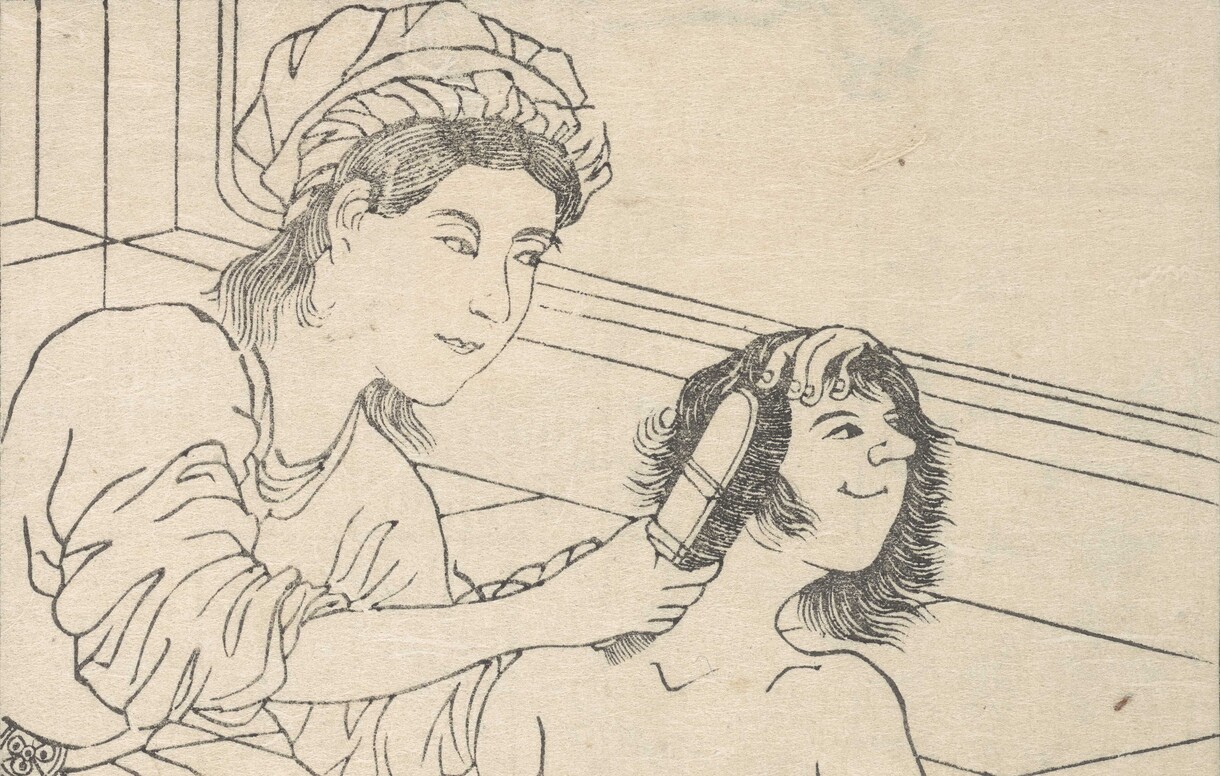
Identities of Journey and Return
It was the novelty of seeing white people rendered by a Japanese artist that tickled me when I first saw Utagawa Sadahide’s woodblock prints of foreigners in Yokohama in the 1860s. There’s something slightly clumsy about the Westerners’ exaggerated noses and the forced rounding of their eyes. You can sense, in these images, the artist’s struggle to detach himself from the conventions of Japanese art and beauty; his lines waver here, unlike his assertive depictions of long, flat Japanese faces in earlier prints.
Commentary
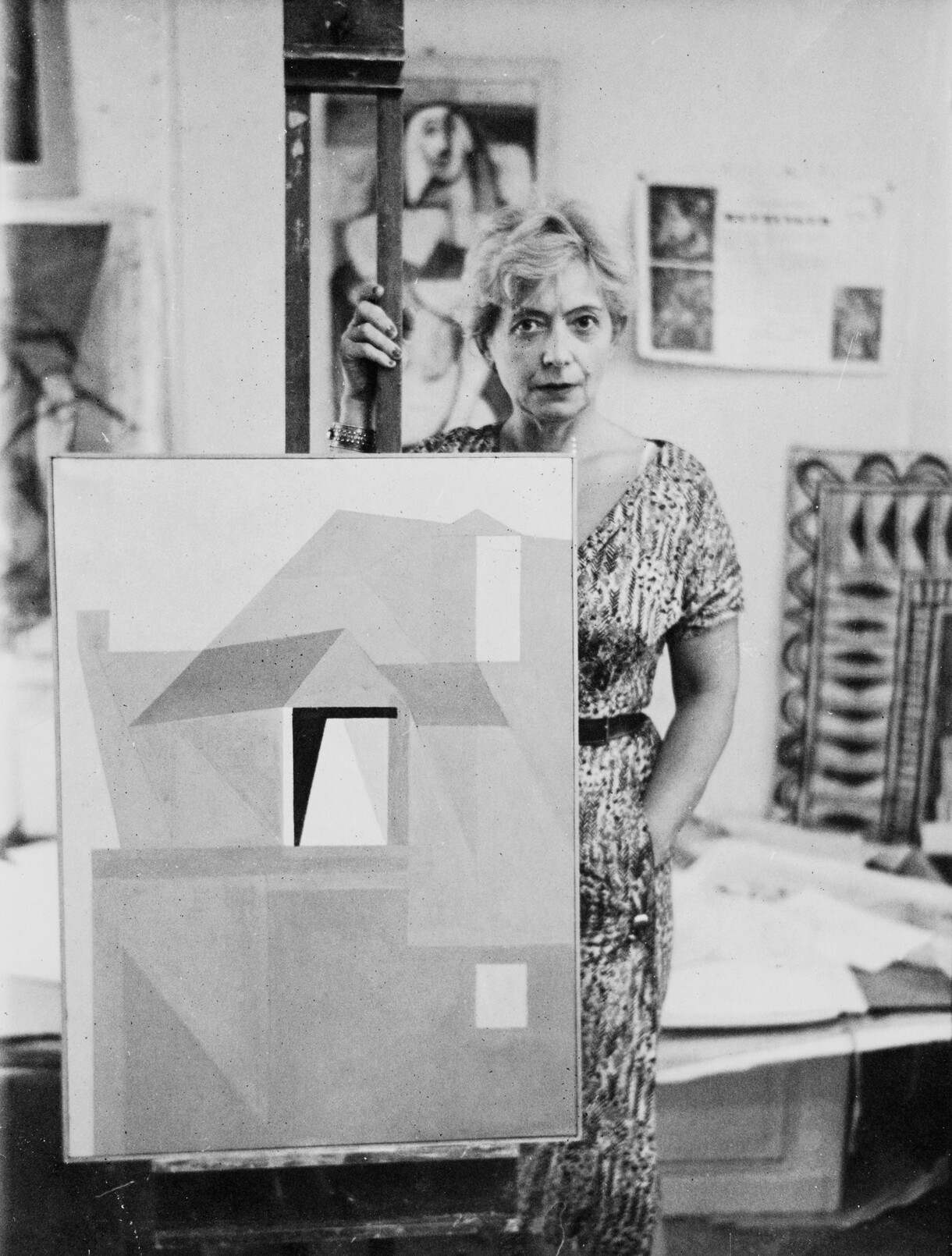
Lessons with Louise Henderson
I first met Louise Henderson in May 1990. I’d recently returned from living in the UK, and moved into what had been her house and studio at 62 Gillies Avenue, Newmarket. The owner, Ross Stevenson, was still in regular contact with Louise at her new home nearby in Sarawia Street, and asked me if I’d like to meet her. I remember being quite nervous at the time and standing at the front door waiting. She didn’t open the door at first, but pulled back the old curtain on a nearby window to see who it was. She recognised Ross so all was well. She was very polite, and more than happy to let me look through the dozens and dozens of paintings that leant four or five deep against the wall in the two front rooms of the old villa.
Commentary

Bulletin Turns 200
A cover photograph of a set of storage racks, a six-digit phone number and a simple address: Botanical Gardens, Rolleston Avenue. The first issue of Bulletin, sent to members of the Robert McDougall Art Gallery in the early months of 1979, was a no-nonsense, four-page, black and white, bi-monthly newsheet promising an informative diet of “news, views and reviews of activities” at the Gallery and “important visual arts news from Christchurch”.
